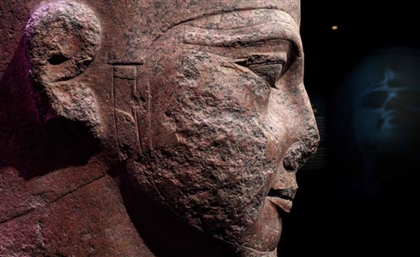Wael Abed’s ‘Of Pyramids and Stones’ Revives Egypt’s Ancient Heritage
With many Egyptians taking their heritage for granted, photographer Wael Abed hopes to encourage people to rediscover their nation’s ancient history.
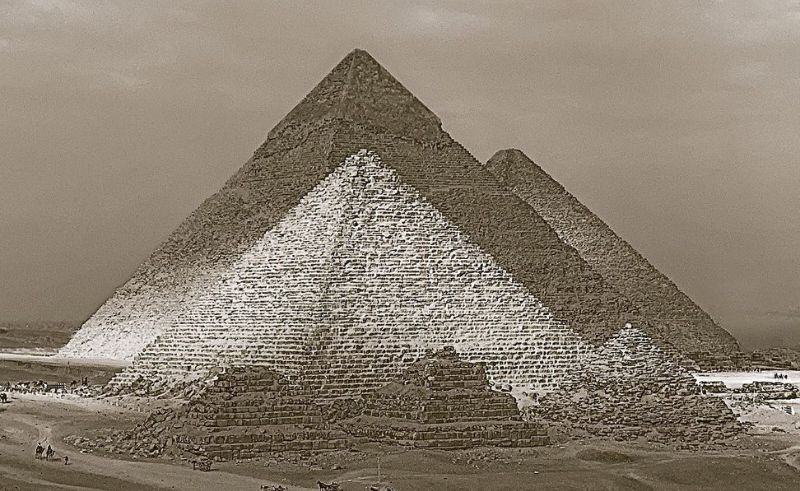
The classic Cairo scene of jostling traffic and the constant cacophony of the ‘kalaks’ - ringing out from every car, bus, lorry, motorbike, scooter and even horse carriage - has been described an uncountable number of times. But the ever-present backdrop of Egypt’s ancient history and timeless landscape has faded into abject unimportance or irrelevance for most drivers passing by every day. It is this fact that photographer Wael Abed dreams of changing, through any medium available to him. His latest photographic exhibition at the CLEG Gallery, titled ‘Of Pyramids and Stones’, is part of what has become his mission; to get Egyptians interested in the history and landscapes of their own country. Abed kindly took us on a tour of the exhibition, explaining his process, his vision, and his connection with the subject: Egypt. His Egypt. Our Egypt.
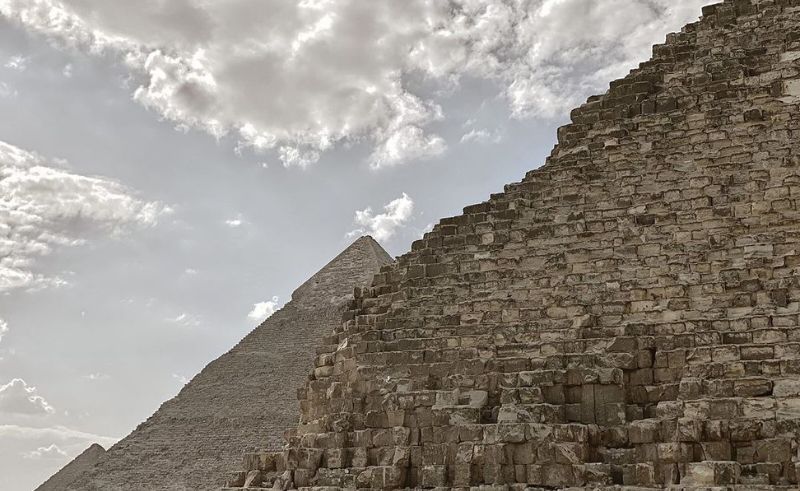
With an extended run lasting until February 22nd, Abed’s exhibition is a marriage of the very old and the very new. The centrepieces of the exhibition are of course his photographs of the Pyramids of Giza and their surroundings. With a tasteful dose of sepia tone, and an aversion to capturing any tour buses or garish modern billboards, the images take on a timeless character, in harmony with their ancient subjects.
“This exhibition is about paving the way for people to start generating interest in their heritage once again,” Abed tells CairoScene. “I hope that these images, this exhibition, encourages people to read about their history and to proceed with further research.”
In the images, clever composition captures the contrast between the vast pyramids and the smaller, but no less impressive, tombs dedicated to the wives of past kings. Staggered framing of each pyramid stacked behind the other creates an illusion of a stairway to the sky, something those once dwelling within would surely approve of. Billowing clouds caught in time put us face to face with the thousands of years of inclement conditions which these massive mausoleums have weathered. And alongside these images are pieces of text, though their source may well surprise you.
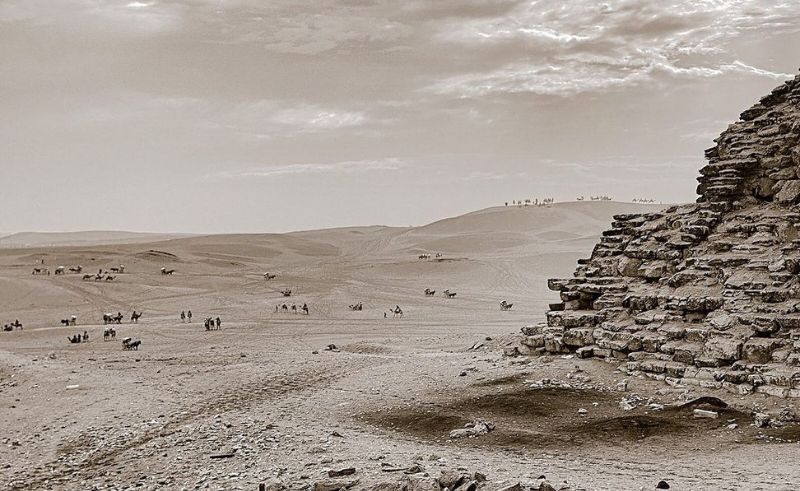
Whilst his photographs of the Pyramids are of course the natural centrepieces of the exhibition, the text that accompanies several works gives life to the stories solidified within the stone edifices. In deep contrast with the age of their topic, several of the texts have been created with artificial intelligence. Using creative prompts, Abed used AI to generate several pieces of text which accompany the exhibits. One such example is an AI-generated song, written from the perspective of one of the thousands of men charged with building the behemoth pyramids. On a brief break taken in the shade of the not-yet-built structures, perhaps behind a boulder-sized stone waiting to be hoisted or dragged into position, this worker reflects on the mammoth task ahead of him and his many colleagues, and on the faith that drives them to contribute to something that will long outlast them.
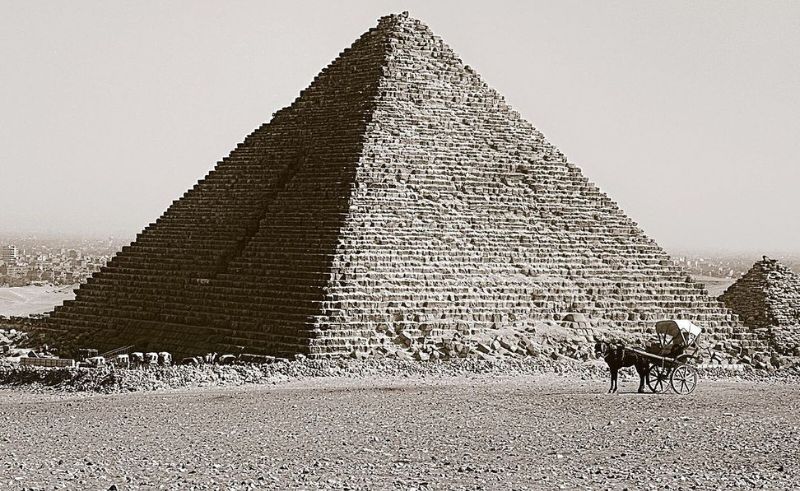
Another AI-generated text elsewhere in the gallery imagines what Khufu’s request to those building his eventual tomb might have looked like, in a letter to the chief architect. We can hardly imagine the levels of organisation and logistics required to complete these projects, but a letter from this perspective humanises Khufu’s requests, his yearning for an indelible landmark of his legacy. In this case, the power of hindsight could barely be greater. His unimaginable request, and the execution of it by loyal subjects, created the only remaining Ancient Wonder of the World.
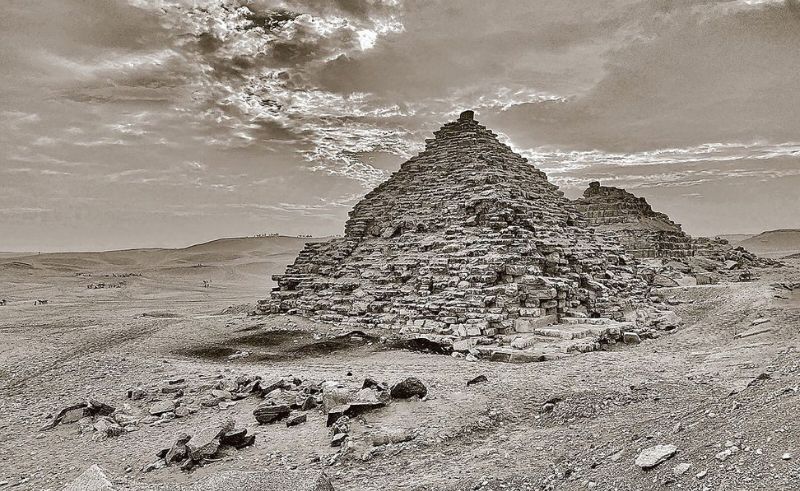
When everyone often focuses on the indescribable chaos of modern Cairo, that over-stimulating cacophony with which we are all very familiar, Wael Abed chooses the great, silent, unmoving monoliths of a country he is proud to call home. It is that feeling he wishes to convey and transfer to his audience, specifically to his Egyptian audience. “I put this exhibition together in the hope that it will encourage people to look into the heritage of Egypt in a way that they usually don't,” Abed explains. Standing watch as the centuries-old sentinels of this land, the Pyramids are Abed’s chosen subject matter, both for the meaning they hold unto themselves, but also as a symbol for people’s interest in their national history and identity, something he hopes to augment with his artistic expression and curation.
- Previous Article Deus Deserto: Qatari’s Barrier Breaking Peak Time Techno Act
- Next Article 7 Public Parks To Visit In Egypt During Eid Al Fitr







